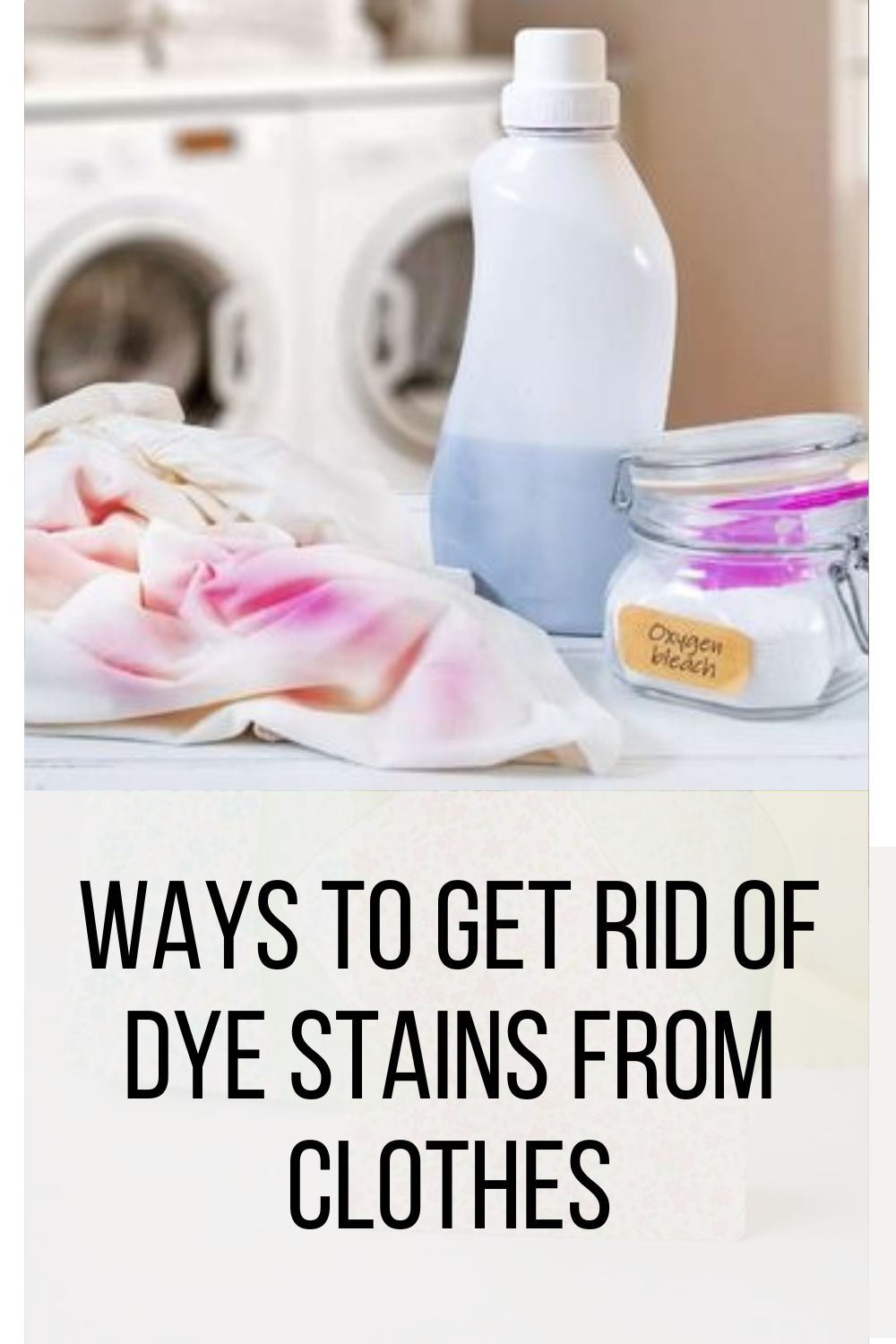
Dye stains on clothing can be a frustrating and unsightly problem. Whether it’s from a DIY dyeing project gone wrong or a commercial product that bled during washing, getting dye out of clothes can be a challenge. However, with the right techniques and tools, removing or lightening dye stains and restoring your clothes to their original condition is possible.
In this article, we will explore several effective methods for removing dye from clothes, including using household items like baking soda, rubbing alcohol, and ammonia, as well as specialized products like dye remover. We will also provide tips and tricks for preventing dye stains in the first place. So, if you’re tired of looking at those unsightly dye stains, read on to learn how to get them out of your clothes.
Table of Contents
Can Dye Stains Be Removed From Clothes?
Yes, it is possible to remove dye stains from clothes. However, the success rate and methods used will vary depending on the fabric type, the dye’s color, and how long the stain has been on the clothing. Some common methods for removing dye stains include the use of household items such as baking soda, white vinegar, and lemon juice, as well as specialized products such as dye remover and bleach. It is also essential to follow the care instructions on the clothing and test any method on a small, inconspicuous area of the fabric before applying it to the entire stain.
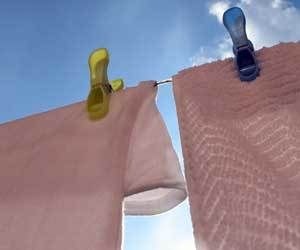
You should also remember that some dye stains are hard to remove and may require professional help from dry cleaners and laundry services.
Things To Avoid When Dealing With Dye Stains On Fabrics
When removing dye stains from fabrics, it’s important to avoid certain things that can make the stain worse or damage the fabric. Some things to avoid when getting rid of dye stains include:
- Using hot water: Hot water can set the dye in the fabric, making it harder to remove the stain. Use lukewarm or cold water instead.
- Using chlorine bleach: Chlorine bleach can cause the dye in the fabric to fade or change color, making the stain look worse. Use oxygen or color-safe bleach instead.
- Rubbing the stain: Rubbing the stain can cause the dye to spread and can damage the fabric. Instead, gently dab the stain with a clean, white cloth.
- Using abrasive or harsh chemicals: Some chemicals, like nail polish remover, can damage the fabric and worsen the stain. Always check the label of any product you’re using and test it on an inconspicuous area of the fabric first.
- Forgetting to read the care label: Many fabrics have special care instructions, like “Dry Clean Only” or “Hand wash Only.” Ignoring these instructions can damage the fabric and make the stain harder to remove.
- Waiting too long before treating the stain: The longer a dye stain sits on a fabric, the harder it will be to remove. Treat the stain as soon as possible for the best chance of success.
By following these precautions, you’ll increase your chances of removing the dye stain and avoid causing further damage to the fabric.
How to Get Rid Of Dye Stains From Clothes – 5 Simple DIY Methods
Using one of these five straightforward techniques for removing dye stains, you can safely remove the majority of dye stains. Try one of these five home remedies if you don’t like strong chemicals or would rather choose a less expensive solution to treat dye stains. These merely need some elbow grease and common household items!
1. Rubbing Alcohol Get Rid Of Dye Stains From Clothes
Rubbing alcohol, also known as isopropyl alcohol, is an excellent solution for treating dye stains because it is a powerful solvent. This means that it can dissolve and break down the pigments in the dye, allowing it to lift and remove the stain. It is a versatile product and can be used on various fabrics and surfaces, including cotton, polyester, and silk. It is also a relatively mild cleaning agent and is less likely to cause damage to the fabric compared to other harsher chemicals.
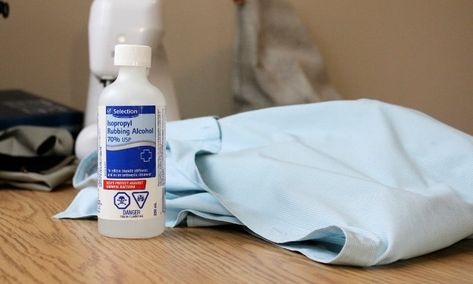
It is also very effective in removing dye stains because it can penetrate the fabric fibers and reach the stain, which can be difficult for other cleaning agents to do. It is easy to find, and you can use it in many ways – it can be applied directly to the stain or used to make a solution with water. Here are the steps to follow when using rubbing alcohol to treat dye stains on fabrics:
- A buffer (a piece of cardboard or a thick folded paper towel) should be placed between the soiled area of the clothing and any other areas. For instance, if the stain is on the front of a shirt, place the buffer inside the garment to prevent accidental soaking through to the back.
- The next step is to blot as much of the stain as possible with a cotton ball or a clean white cloth. This will remove any excess dye and prevent it from spreading further.
- Turn the garment inside out once the majority of the dye stain appears to have been removed, then check the fabric’s back for the stained part. As the alcohol will have created a sizable damp patch in the fabric, you should have no trouble locating it.
- The stain on the inner of the cloth should then be treated using a cotton ball dampened with a little water. This allows you to remove any color that bled into the fabric’s fibers on the interior.
- Once the stain has been lifted totally, rinse the area with cold water to remove any excess alcohol and dye. Repeat the process if necessary.
- Finally, launder the garment as usual, using the hottest water recommended on the care label. Be sure to check the stain before drying, as the heat from the dryer can set the stain, making it impossible to remove.
Using rubbing alcohol to remove dye stains from clothes is an effective and easy method but always remember to test the alcohol on a small area before using it on the entire stained area, and follow the care label instructions for the garment. With patience and persistence, you’ll be able to remove those stubborn dye stains in no time.
2. Baking Soda Get Rid Of Dye Stains From Clothes
Baking soda is another perfect option for removing dye stains because it is a natural, non-toxic, and gentle cleaner. In addition, it can effectively lift and remove stains from various surfaces, including clothes. One of the key properties that make baking soda so effective at removing stains is its alkaline nature. Dye stains are often acidic, and the alkaline nature of baking soda helps to neutralize the acidity of the stain, making it easier to remove.
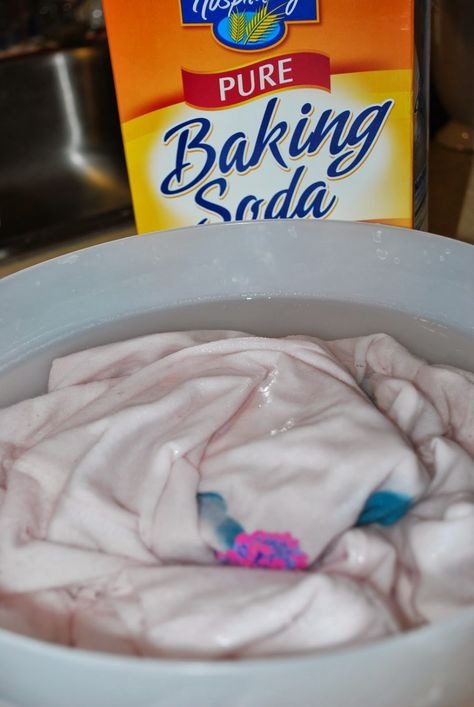
Additionally, the abrasive nature of baking soda helps to scrub away the stain, lifting it from the fibers of the fabric. Baking soda also has a mild bleaching effect, which can help to lighten and remove the stain even further. It can also help to remove any lingering odors from clothes. Baking soda is also very affordable and easy to find, making it a great option for removing dye stains. Here’s a step-by-step guide on how to use baking soda to get rid of dye stains from clothes.
- Mix a paste of baking soda and water. The consistency should be thick enough to spread on the stain. Start by mixing a small amount of baking soda with water, gradually adding more baking soda until the paste is thick enough to spread on the stain.
- Apply the paste to the stain and let it sit for at least 30 minutes. Then, gently rub the paste into the stain with your fingers or a brush, and be sure to cover the entire stain.
- Rub the area with a brush or sponge to work the baking soda into the stain. This will help to loosen and lift the dye from the fabric.
- Wash the clothes as usual, either by hand or in the washing machine. Be sure to check the care label on the clothing to ensure that it can be washed. If the stain is still visible after washing, repeat the process.
- Check the stain before drying the clothes to ensure it has been removed. If the stain is still visible, repeat the process.
Like most stain-removing techniques, it’s always best to test a small area of the fabric first before using baking soda on the entire stain. Also, baking soda is an abrasive, so it’s important to be gentle when working on delicate fabrics. In addition to its stain-removing properties, baking soda is also a natural deodorizer, so it can help freshen up your clothes. So, if you’re looking for a natural, effective, and affordable way to remove dye stains from clothes, give baking soda a try.
3. Hydrogen Peroxide and Dishwashing Soap Get Rid Of Dye Stains From Clothes
The combination of hydrogen peroxide and dishwashing soap is effective for treating dye stains on clothes because hydrogen peroxide is a mild bleach that can help to lighten the stain, while dishwashing soap is a surfactant, which helps to lift and remove the stain from the fabric. Hydrogen peroxide, being a mild oxidizer, helps to break down the dye molecules, and dishwashing soap, being a surfactant helps in the removal of the dye from the fabric; the two together can work to break down and remove the dye from the fabric, effectively removing the stain.
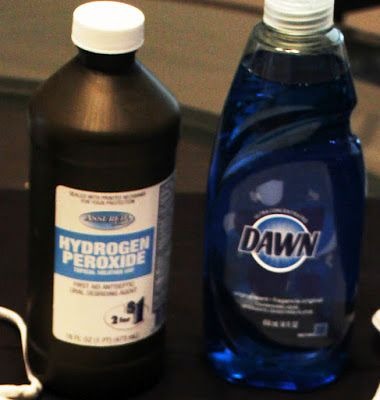
Here’s a step-by-step guide for using this method to remove dye stains from clothes:
- In a bowl, mix equal parts hydrogen peroxide and dishwashing soap. Be sure to use a dishwashing soap that is free of bleach or any other harsh chemicals.
- Spread the stained area on top of a fresh paper towel after completing a spot test to ensure that the hydrogen peroxide won’t cause the color of your garment to fade.
- Using a clean cloth or sponge, apply the mixture to the dye stain. Be sure to saturate the stain completely and be careful not to spread the mixture to the surrounding area.
- Let the mixture sit on the stain for 15-20 minutes. This will give the hydrogen peroxide and dishwashing soap time to penetrate and break down the stain.
- After the mixture has had time to sit, launder the clothing as you normally would. If the stain is still visible after washing, you can repeat the process until the stain is completely removed.
This method is effective for treating most dye stains, but it may only work for some types of dyes or fabrics. Be sure to check the care label on your clothing and always test the solution on a small area before using it on the entire stain.
4. Commercial Stain Removers Get Rid Of Dye Stains From Clothes
Commercial stain removers are products specifically formulated to remove a wide range of stains from various surfaces, including clothing, carpets, upholstery, and more. They are widely available and can be found in most grocery stores, department stores, and online retailers. Some commercial stain removers are designed to be used on specific types of stains, such as grease, oil, ink, or dye stains, while others are formulated to treat a wide range of stains. Some popular examples are OxiClean, Zout, and Carbona.
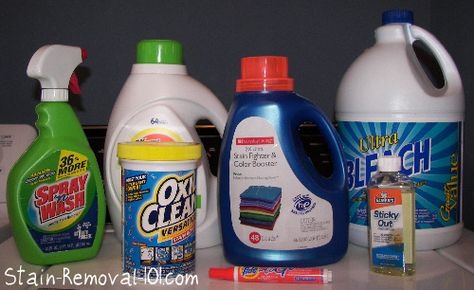
These commercial stain removers work by breaking down the stain molecules and lifting them away from the fabric, they are more effective than homemade remedies, but they should be used with caution as they can be harsh and can cause damage if not used correctly. To remove dye stains from clothes using commercial stain removers, here are the methods you can try:
- Identify the type of dye stain and the type of fabric of the garment. This will help determine the best method for removing the stain.
- Pre-treat the stain as soon as possible. The longer a stain sits, the harder it is to remove.
- First, try OxiClean or Rit Dye Remover;
For OxiClean: Mix the powder with water to create a paste, apply it to the stain, and let it sit for at least 15 minutes. Then, wash the garment as usual.
For Rit Dye Remover: Add it to the washing machine along with the stained garment and wash as usual. Or, follow the package instructions for pre-treatment before washing.
- If the stain is not removed after the first attempt, try Shout Color Catcher. Add a sheet to the washing machine along with the stained garment and wash as usual.
- If the stain is still not removed, you can use chlorine bleach. Be careful, as it can damage some fabrics – always test a small, inconspicuous area of the garment first and never use bleach on wool, silk, or other delicate fabrics. Mix a solution of one part bleach to four parts water, apply it to the stain, and let it sit for 15 minutes before washing the garment as usual. Check the stain after each treatment; if it’s still visible, repeat the process until it’s removed.
- Always read the instructions on the product before use and test on a small, inconspicuous area of the garment before treating the entire stain.
5. Ammonia Get Rid Of Dye Stains From Clothes
When used in a solution with water, ammonia can effectively remove dye stains from clothes. The alkaline nature of ammonia neutralizes the acidity of the dye, breaking it down and making it easier to remove. The high pH of ammonia also helps to open the fibers of the fabric, making it easier to penetrate and remove the stain.
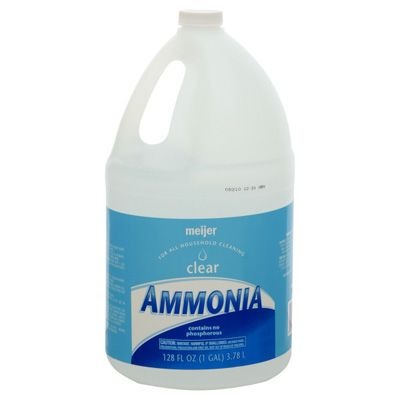
Here is how you can use ammonia to get dye stains out of clothes:
- Mix a solution of equal parts water and ammonia.
- Apply the solution to the stain, being careful to saturate the area completely.
- Allow the solution to sit on the stain for at least 30 minutes.
- Rinse the area with water to remove the solution.
- Repeat the process if necessary.
- Launder the cloth as usual.
It’s important to note that ammonia should not be used on silk, wool, or other delicate fabrics, as it can cause damage. Also, it should not be mixed with chlorine bleach as it can create toxic fumes.
Conclusion
In conclusion, dye stains can be a frustrating and difficult problem to deal with, but several methods can be effective in removing them. These include the methods mentioned in this article. It’s important to always test a small, inconspicuous area of the fabric before applying any method to the entire stain and to be patient, as the process may take multiple attempts.